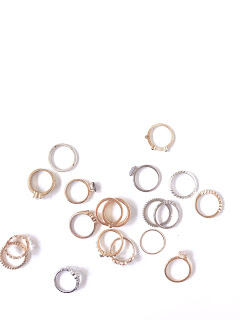Vietnam Brought the War Into Our Living Rooms. Now, We Hold War In Our Hands.
 |
| Photo by Piero Nigro on Unsplash |
How do you feel about seeing dead children in your social media feed?
If Vietnam was Television’s War, this is Twitter’s War. It is not just in our living rooms. We carry this war everywhere we go.
The current war between Russia and the West (it’s not just Russia and Ukraine, and if you think it is, you’re dangerously misinformed) is very different from every other war in history. We all hold a device in our hands that allows (nearly forces) us to watch this war in real time. There are dead and dying people in our social media feed, mixed in amongst the cat memes, recipes and mundane postings of our friends.
The traditional belief was that dead bodies should not be shown. Many newspapers had policies against it. I ignored that policy several times when I became editor of my town’s daily, because I had come to disagree with it. So have many others.
“The whole world should know what is happening here,” Serhiy Perebyinis said in a March 9 New York Times story by Andrew E. Kramer. Perebyinis learned his wife and children were dead when he saw, posted on Twitter, pictures of their bodies lying on the street in Kyiv. New York Times photographer Lynsey Addario took the pictures.
“Show this to Putin,” said a doctor quoted in an Associated Press story by Mstyslav Chernov. The medical team tried but failed to save the life of a wounded 6-year-old girl. Pictures taken by AP photographer Evgeniy Maloletka show an anguished woman, presumably the mother, watching as the doctors and nurses try, unsuccessfully, to save the child’s life. Look at the child’s body, covered only by her little pink coat, lying alone on a gurney afterward. You will not be able to avoid thinking of every young child you love.
Pre-social media, we have other examples. Published pictures of Emmett Till’s lifeless, beaten body in his open casket are widely considered to have contributed to the civil rights movement. His mother wanted the pictures shown so the world would know the truth.
Back to Vietnam. You have seen the iconic picture of “Napalm Girl,” running naked, terrified and screaming in pain. Nearly everybody would agree nobody should run a picture that shows full frontal nudity of a 9-year-old, but nearly everybody would agree the world needed to see this picture.
In my journalism classes, we talked a lot about what images should or should not be published. But it’s no longer up to journalists. Everyone with a smartphone can be a journalist now. Darnella Frazier, just a teenager with a phone, received an honorary Pulitzer for recording and posting the murder of George Floyd.
We are all happy to look at pictures of people waving their flags and singing their anthems, but dead bodies in the street are sometimes the other side of this.
War scenes in movies most often show combatants meeting across a field. Everybody present is there to fight, taking their chances to kill or be killed. Less often do we see the innocent bystanders — a mother, dead in the street, near her dead children and their dead dogs. This is also what war is.
For nearly 100 years, we in the West have thought ourselves safe from war on our soil. Pick up your phone. Scroll past the ads and the jokes and the conspiracy theories. Scroll past the complaints about expensive gas and broken supply chains. Scroll past those who use these issues to attack various American officials who, truthfully, have almost no ability to do a damned thing about such things. Scroll past the posts of anyone who thinks paying more at the pump and grocery store are the worst things imaginable. See the blood, see the grief, see the deaths of children and families. See the mass graves. See it all. It will remind you of pictures from the second world war. This is the third.


Comments
Post a Comment